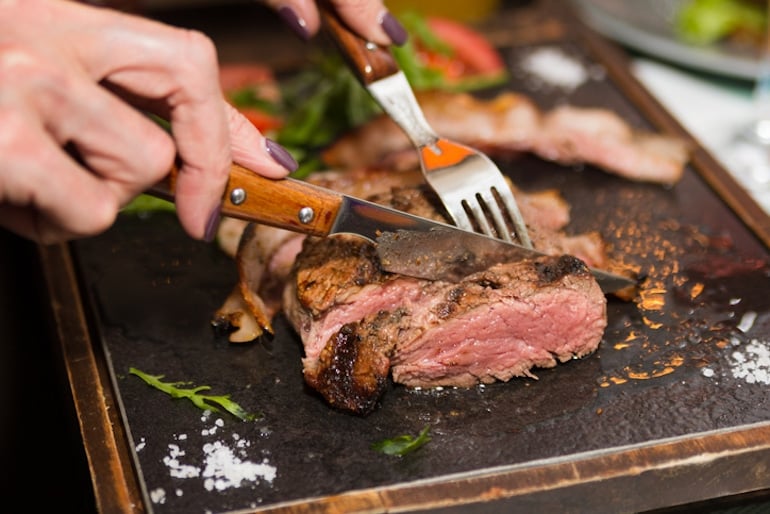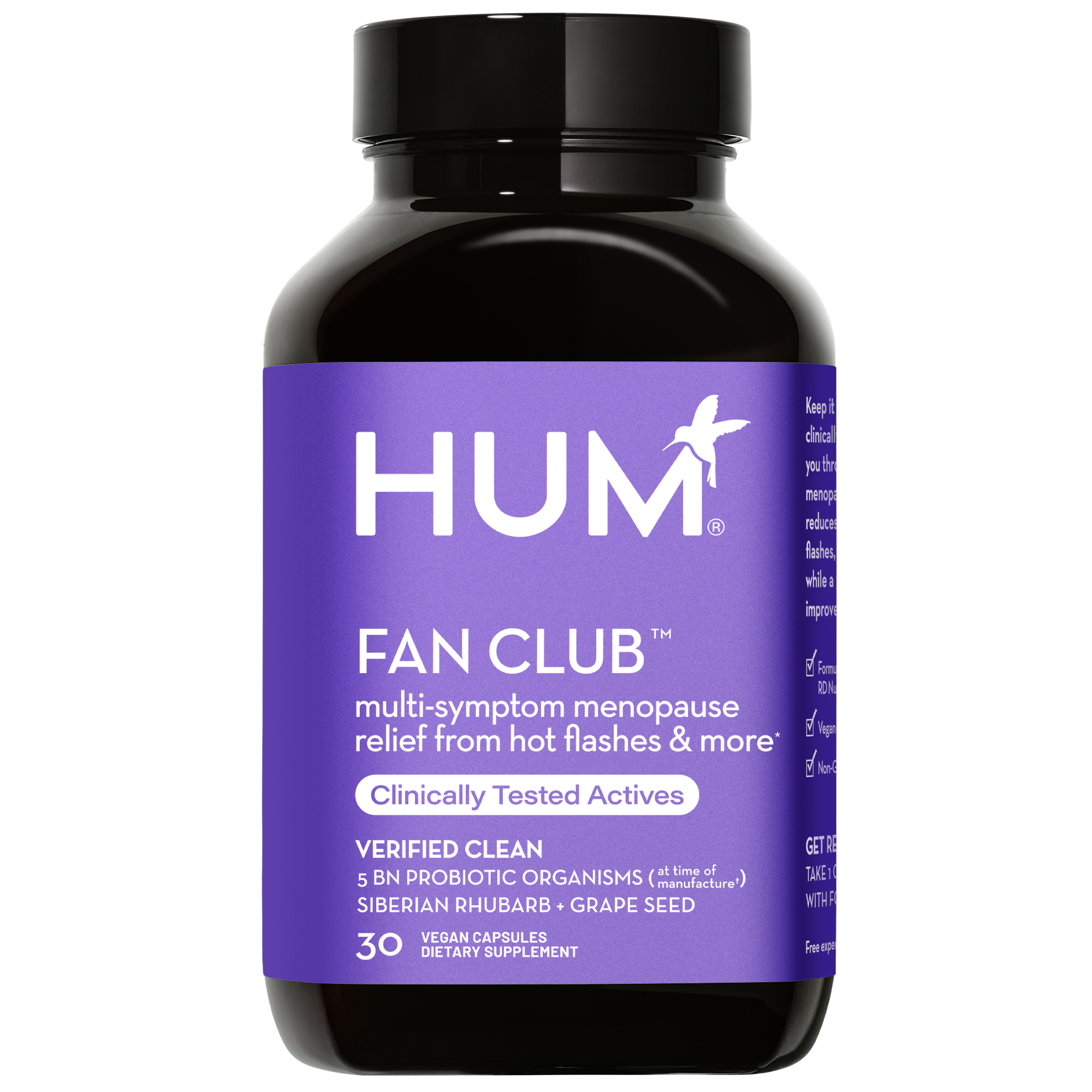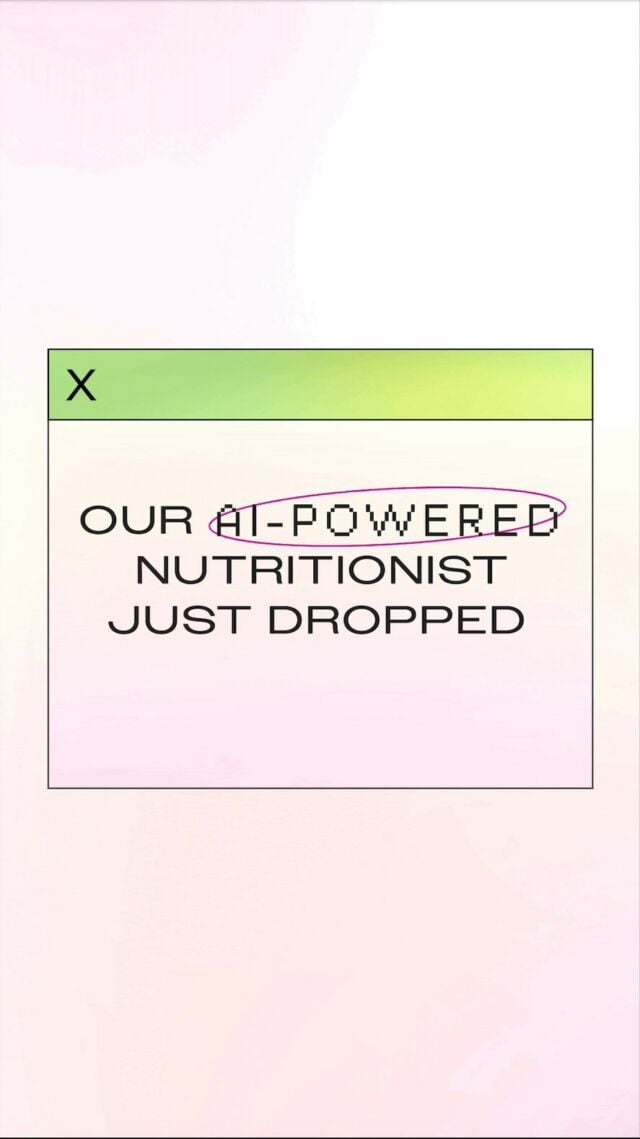And RD’s Honest Review of the Galveston Diet for Menopause
What is the Galveston Diet, exactly? Carrie Gabriel, MS, RDN, explains this eating plan for people in menopause and reviews its pros and cons.
You can find just about any eating plan out there that’s suitable for young adults, athletes, and women trying to get pregnant and looking to reach a healthy weight. However, there aren’t nearly as many diets specifically geared towards weight maintenance for people during menopause.
Enter: the Galveston Diet, created by board-certified OB-GYN Mary Claire Haver, MD. Weight loss aside, this trending diet plan also aims to help ease the hormonal symptoms of menopause.
Here’s a comprehensive list of this diet’s basics principles, including the best Galveston Diet eating plan, and how intermittent fasting is integral to its success. Plus, read on for this dietitian’s complete review.
What is the Galveston Diet?
The Galveston Diet was designed to help reduce symptoms people experience during menopause, such as:
- Slower metabolism
- Chronic inflammation
- Hot flashes
The theory is that you can curb these symptoms by:
- Eating the right foods
- Limiting eating hours
- Cutting out ingredients that trigger inflammation
In order to get full scope of the Galveston Diet, you must pay a one-time $59 fee on the official website. From there, you’ll get access to a curriculum covering hormones, inflammation, and other topics that impact women’s health around menopause. There are also Galveston Diet meal plans, recipes, and shopping lists available.

The Galveston Diet vs. the Mediterranean Diet
The Galveston Diet is actually not all that different from the Mediterranean diet. “Both focus on reducing added sugars, processed foods, and refined grains,” says Gaby Vaca-Flores, RDN, an education specialist at HUM Nutrition. And both diets are anti-inflammatory and have a goal of healthy weight management.
But the Galveston Diet is a little bit different, because there’s more of a focus on lean protein, whereas the Mediterranean diet emphasizes legumes, whole grains, and nuts and seeds as healthy fats over lean protein. The Galveston Diet is slightly more restrictive than the Mediterranean diet. “It only allows low-glycemic fruits like berries, whereas the Mediterranean diet is inclusive of most fruits,” Vaca-Flores says. The Galveston Diet is also a gluten-free diet, as compared to the Mediterranean diet, which allows whole grains, including whole-wheat pasta and whole-wheat bread. Plus, the Galveston Diet involves intermittent fasting, unlike the Mediterranean diet.
Is the Galveston Diet like the Keto Diet?
Both the Galveston diet and keto diet are high fat and low carb, explains Vaca-Flores. When diets are low in carbs and whole grains, that can disrupt your fiber intake overall. “Fortunately, people who are eating the recommended fruit and vegetables on the Galveston Diet shouldn’t have this problem,” says Vaca-Flores.
What is the Galveston Diet Plan?
In short, the Galveston Diet meal plan prizes lean proteins, low carbohydrates, healthy fats, and select produce.
Here’s a closer look at the Galveston Diet macros and Galveston Diet food list.
Lean Proteins
For the sake of avoiding excessive saturated fat (which is linked to weight gain), only lean proteins are allowed on the Galveston Diet meal plan.
Galveston Diet-approved sources of lean proteins include:
- salmon
- lean + grass-fed beef, turkey, and chicken
- eggs
In addition, Greek yogurt is the sole recommended dairy product because it has twice as many amino acids as other yogurts. Further, it’s a great source of probiotics and calcium.
Lastly, it’s worth noting that quinoa is the only grain-like food allowed on this diet. It’s the sole exception since it packs all nine essential amino acids and helps with muscle maintenance.
Healthy Fats
You can eat unsaturated fats on the Galveston Diet meal plan, as they’re a healthier choice for anyone trying to lose weight and support overall health.
The best sources of healthy fats to add to your Galveston Diet shopping list include:
- avocado
- EVOO
- nuts (walnuts, almonds)
- seeds (pumpkin, pine nuts, sunflower)
Vegetables
The ideal vegetables for the Galveston Diet are those that are low in starch and high in anti-inflammatory antioxidants, such as:
- Spinach
- Broccoli
- Cauliflower
- Cucumbers
- Zucchini
Fruits
Fruits that are low in sugar and rich in antioxidants are prized on this diet’s food list.
Such options include:
- Blueberries
- Strawberries
- Blackberries
- Raspberries
- Tomatoes (yes, they’re a fruit!)
What is the Galveston Diet Samle Menu
Here’s a sample Galveston Diet menu of meals you can eat within an 8-hour window (and fasting in between).
- Breakfast: Spinach omelet cooked in avocado oil, with a side of strawberries.
- Lunch: Plain Greek yogurt parfait topped with chia seeds, flax seeds, crushed almonds, and blueberries.
- Snack: Avocado Greek yogurt dip with carrots and cucumbers.
- Dinner: Grilled chicken with mixed greens, red onions, feta cheese, cashews, cranberries, a drizzle of olive oil, and fresh lemon juice.
What Not to Eat
The diet recommends you steer clear of the middle aisles of the grocery store, as they tend to shelve the most processed, carb-rich foods.
These aisles are also abundant with foods loaded with sugar and gluten—the two major forbidden ingredients in this regimen.
When to Eat on the Galveston Diet
Perhaps even more important than what you can and can’t eat on this diet plan is when you eat.
This diet advises that you do a daily version of intermittent fasting. You restrict eating to an eight-hour period, such as between 9 a.m. and 5 p.m., and fast for the remaining 16 hours of the day.
Intermittent fasting has gained popularity due to promising research on its ability to reduce inflammation and encourage fat burn, so it makes sense that it’d be touted for this regimen.

Pros and Cons of the Diet
Now that you understand what this diet plan entails, is it worth trying out?
Here’s a summary of the pros and cons of the Galveston Diet to help you decide if it’s the best diet plan for you.
Pros
It Prioritizes Healthy Eating Habits
Most importantly, the diet advocates consuming whole foods, healthy fats, and lots of vegetables. It also promotes preparing and cooking your own meals and snacks, which I’m a big fan of.
As a registered dietitian, I believe these practices should apply to pretty much any high-quality nutrition plan.
It Addresses Changes in Metabolism
Another key point is that as we age, our metabolisms slow down. For that reason, it’s best that we eat less and move more.
While there aren’t clear recommendations for exercise on the Galveston Diet for non-paying viewers, it appears to be a component of this diet plan.
It’s Anti-Inflammatory
The Galveston Diet is a potentially anti-inflammatory diet because the foods on the main food list are foods that aim to lower inflammation, from healthy fats like avocado to fruits like blueberries. “It also limits foods and ingredients that can contribute to inflammation, such as foods high in saturated fats, sugar, and artificial ingredients,” says Vaca-Flores. If you’re regularly getting enough fiber from fruits and vegetables, that can help tame inflammation, she adds.
Cons
It Currently Lacks Proof of Success
One aspect that stands out is the use of intermittent fasting to promote weight loss, for which there’s compelling evidence. But does this diet work in particular?
Presently, there’s little research that proves its success for weight loss. A nutrition plan like the Mediterranean diet may be just as effective, if not more; it also doesn’t eliminate as many foods.
It Can Get Expensive
Last but not least, cost is an important consideration when it comes to following this diet.
While limiting animal proteins to grass-fed options is a nice ideal, the price tag isn’t attainable for everyone. I’d prefer encouraging more co-ops or community gardens with sponsors for financial support to increase food quality and affordability for everyone. The same can go for produce, dairy, and grains.
Sure, it’s always smart to go for the highest-quality food you can afford. However, if costs are too high, I suggest buying less expensive protein, trimming the fat, and practicing portion control. While it may not be a Galveston Diet-approved method, it can still help you manage your weight.
What is The Galveston Diet FAQs
What is the Galveston Diet?
The Galveston Diet is a science-based, intermittent fasting and low-carb diet designed specifically for women in midlife, focusing on managing hormonal changes, improving metabolism, and promoting weight loss.
How does the Galveston Diet work?
The Galveston Diet combines intermittent fasting, low glycemic eating, and anti-inflammatory foods to help regulate blood sugar, reduce inflammation, and support fat loss during hormonal shifts.
What foods are allowed on the this diet?
The diet emphasizes whole foods, including lean proteins, healthy fats, low-carb vegetables, and berries, while avoiding processed foods, refined sugars, and high-carb grains.
Is the Galveston Diet good for weight loss?
Yes, many people find the Galveston Diet effective for weight loss, especially as it supports metabolic health, reduces inflammation, and helps balance hormones that affect weight management.
Can I do the diet if I’m not in menopause?
While the Galveston Diet was specifically designed for women going through menopause or perimenopause, it can also be beneficial for women of any age seeking to manage weight, improve energy, and balance hormones.
What are the benefits of the Galveston Diet?
The Galveston Diet can help with weight loss, improved blood sugar control, reduced inflammation, enhanced energy, and better hormone regulation, particularly during midlife.
The Bottom Line
Overall, this diet review is that it can help with healthy weight maintenance if you adhere to the plan, and may be a good eating plan for metabolism changes during menopause because of that. But, because the Galveston Diet is essentially as restrictive as a keto diet, it may be difficult to stick to this nutritional plan on a long-term basis.











